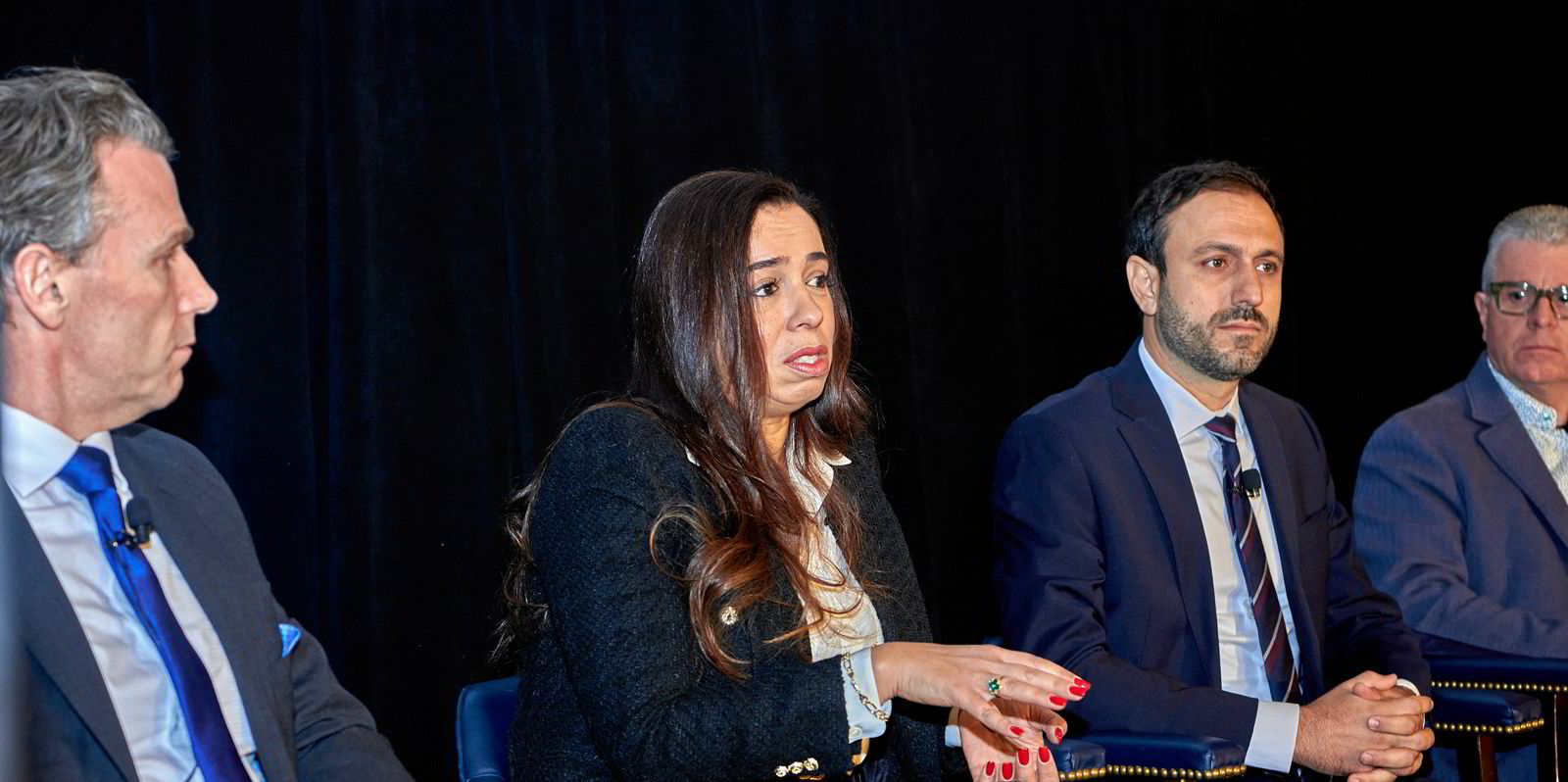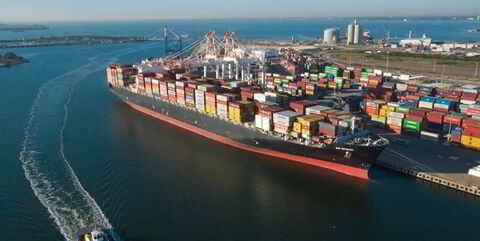There has been a very slight improvement in the gender pay gap for UK maritime companies and more women are working in the sector, but their representation in senior management remains low.
Analysing 2022 salary survey data, recruitment specialist Spinnaker said the average, or mean pay gap — the average difference between the remuneration for men and women who are working within a given group — is 39.13% in maritime compared to a UK average of 13.9% for all industries.
Spinnaker said this is a “very slight improvement” on the 2021 figure, which was 40% compared to a UK average of 14.9%. In 2020 the gap was 42.8%.
UK organisations with over 250 employees are required to calculate and publish their gender pay gap as of 5 April each year.
Companies must report the proportion of male and female staff within each of four pay quartiles.
In its survey, Spinnaker said it found 73% of participants at the bottom lower quartile were female compared to just 22.8% at the top upper quartile.
Spinnaker chairman Phil Parry said: “The maritime industry is a long way off closing the gender pay gap.”
“The incremental movements we are seeing probably reflect the growing proportion of women in better paid roles, thus slowly pulling up the averages.”
Spinnaker’s survey data comes from over 3,800 UK shore-based positions.
- Gender pay analysis differs from equal pay.
- Equal pay considers the pay difference between men and women who carry out the same or similar jobs or conduct work of equal value.
- It is unlawful in the UK and most other developed economies to pay a man or a woman differently to do exactly the same job.
The recruitment company said the proportion of women employed within the UK maritime industry has shown a slight increase in 2022 after its decline over the past two years, having been steadily rising in the 12 months prior to this.
“Our maritime data shows that the UK tends to employ an equal proportion of men and women,” the company said.
“Although women in the UK are most likely to work in customer service, business development and finance roles, while men in the UK are more likely to work in technical and marine, IT and operations positions.”
Spinnaker said looking across the pay quartiles since 2017, it found a gradual increase in the proportion of women employed.
“Greater female representation further up the pay structure will largely depend on our ability both to nurture and develop the female workforce currently operating in lower paid positions but also to attract women into the kinds of positions which have typically been male-dominated,” the company said.
But for C-Suite data — which includes the positions of chief executive, chief financial officer, chief commercial officer, chief technical officer, chief people officer, chief information officer and chief environmental officer — it found that women represented 15% of C-suite positions compared to 11% in the previous year.
Spinnaker’s Maritime HR Association is currently collecting data for the 2023 salary survey.(Copyright)





